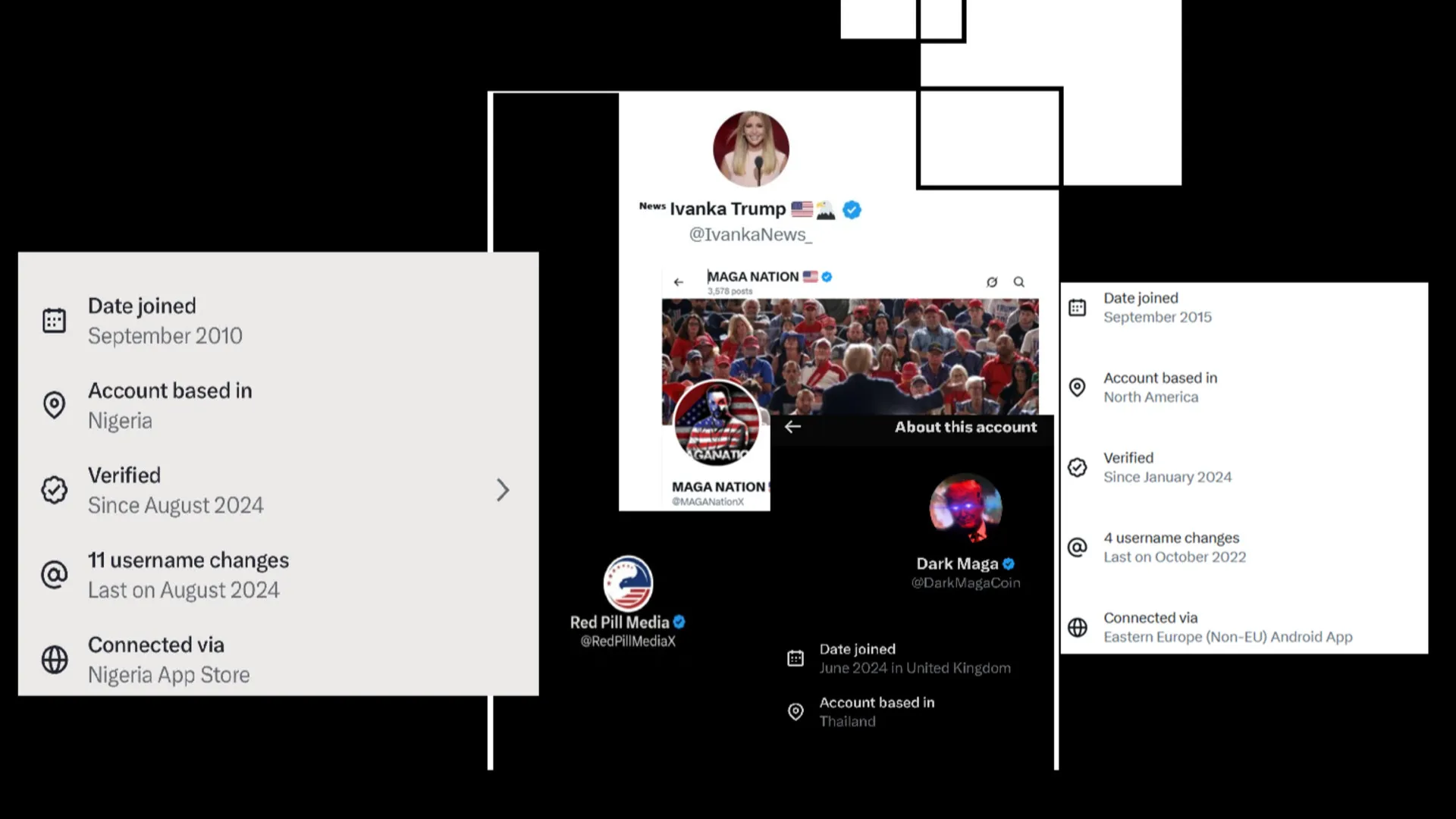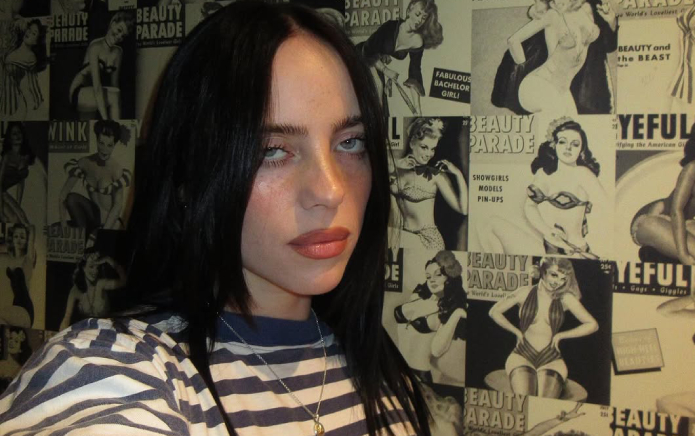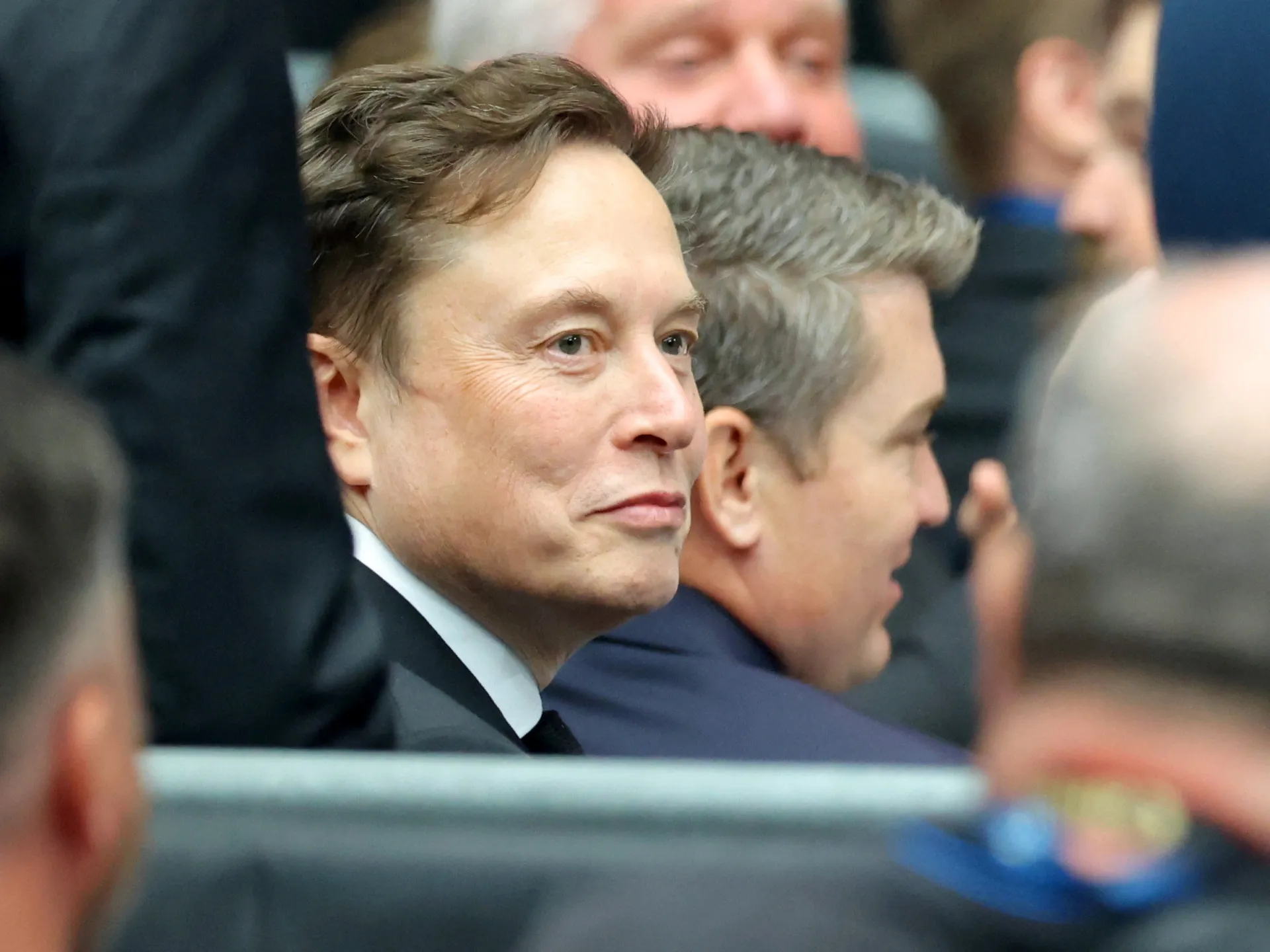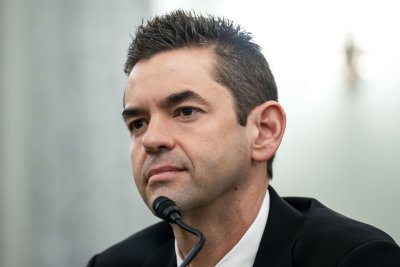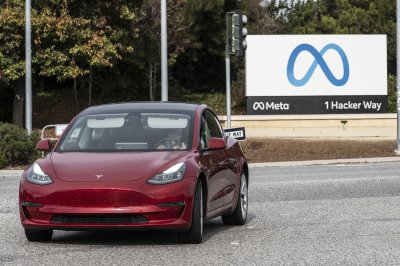Nov. 7 (UPI) — Tesla shareholders approved an unprecedented new package for CEO Elon Musk that could see him become the world’s first trillionaire.
The firm said 75% of shareholders with voting rights on Thursday backed Musk’s 10-year pay deal, which could net him $1 trillion over that time by boosting his stake in Tesla by more than 423 million shares.
The share bonanza is contingent on him delivering on a promise to drive up Tesla’s market capitalization five-fold from is current level of around $1.5 trillion to $8.5 trillion, roughly double the size of the Japanese economy.
Shareholders at the annual general meeting at Tesla HQ in Austin, Texas, voted it through on the recommendation of Tesla’s board, arguing Musk might quit if it were rejected and that the company could not afford to lose him.
Counsel from independent advisors Glass Lewis and Institutional Shareholder Services who said the “astronomical” deal should be rejected due to “unmitigated concerns surrounding the special award’s magnitude and design,” was largely ignored.
Addressing the meeting after the result, Musk thanked the board and shareholders, saying what Tesla was poised to do was not just “a new chapter in the future of Tesla, but a whole new book.”
Under the deal, Musk will receive the stock in tranches tied to delivering financial and production targets, including 20 million new electric vehicles rolling off production lines, 10 million full self-driving subscriptions, 1 million Optimus humanoid robots and 1 million robotaxis in service.
The first block of stock gets paid to Musk when Telsa market capitalization reaches $2 trillion with the next nine awarded each time the company’s value rises by another $500 billion, up to $6.5 trillion.
Two additional rises in market capitalization, each of $1 trillion, bringing the value to $8.5 trillion, are required for the final two stock grants to kick in.
While the deal is performance-based, it’s not set in stone — with Musk still in line to earn more $50 billion even if he fails to meet the bulk of the targets — and includes riders for so-called “covered events” with the potential to impact Tesla’s future designs, manufacturing and sales.
These include natural disasters, wars, pandemics and changes to “international, federal, state and local law, regulations or other governmental action or inaction.”
In June 2024, Musk reincorporated Tesla in Texas, the company’s headquarters and center of operations, moving from Delaware six months after a court there struck down a $56 billion pay deal the board awarded to Musk in 2018, ruling it was “unfair” and that Musk held excessive power over the rules and size of the deal.
On the same day, shareholders voted to reinstate the package, at the time the largest in corporate history.
In December 2024, the Delaware judge in the case reaffirmed her ruling in favor of the complainant, shareholder Tornetta, and ordered Musk must return what he had already received from the package.
The board eventually awarded Musk a $29 billion “good faith” package in August, aimed at keeping Musk at the helm, that would see him granted 96 million shares after two years of service in a “senior leadership role” at Tesla.
Musk’s mega-deal on Thursday came three weeks after Tesla reported Tesla reported third quarter profits down 37%, despite a jump in revenue to a record $28.1 billion on stronger sales of its electric cars in the domestic market.
